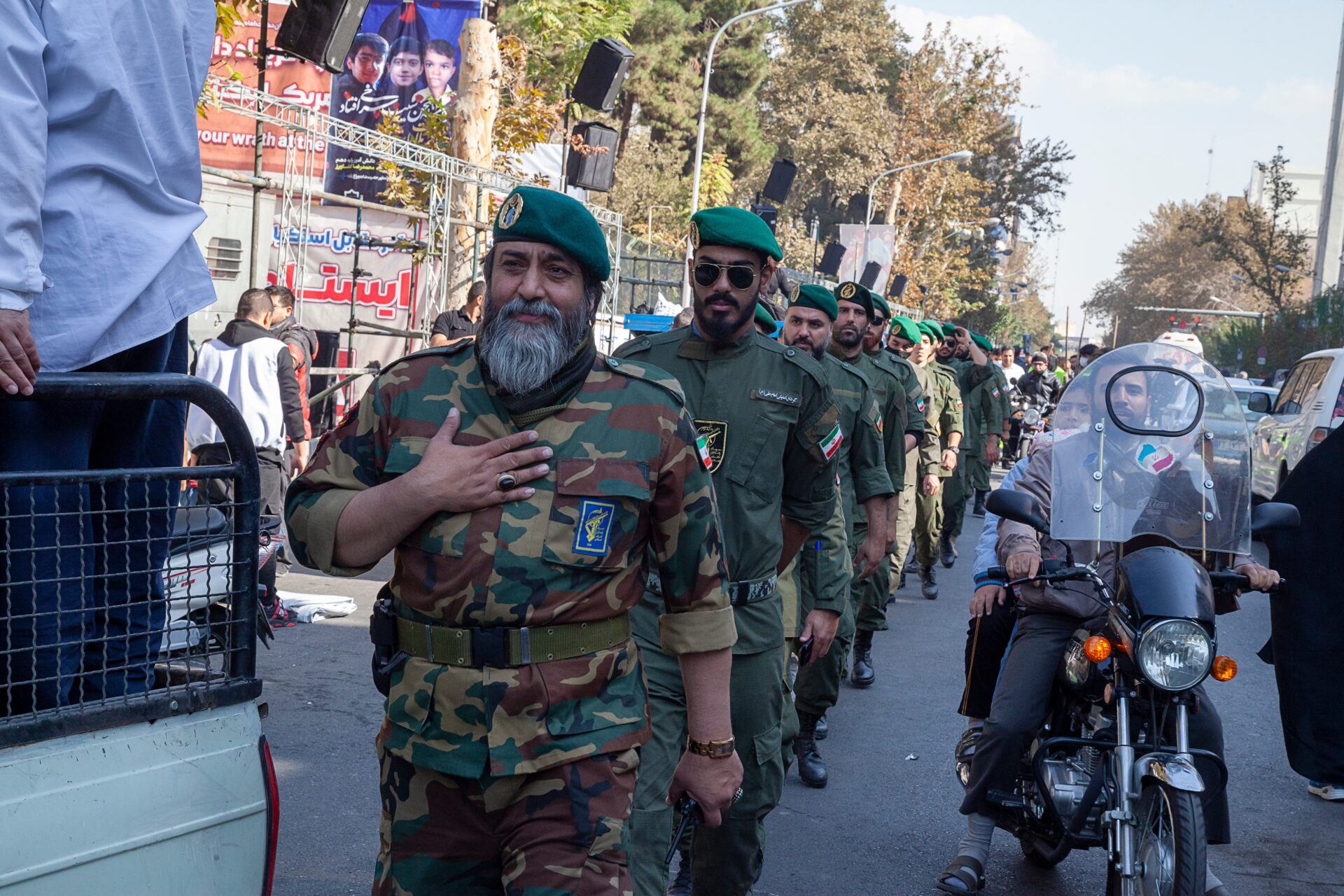
Russia and Iran FLEXED—But America Actually STRUCK!
Russia and Iran staged joint naval drills to defy the United States—just days after President Trump authorized Operation Midnight Hammer, an air campaign that reduced multiple Iranian nuclear sites to rubble and reignited global fears of full-scale confrontation.
At a Glance
- U.S. forces struck Iran’s Fordow, Natanz, and Isfahan nuclear facilities on June 22, 2025
- Russia and Iran launched CASAREX 2025 naval drills in response, signaling defiance
- Iran admitted “serious damage” to its nuclear infrastructure but suspended IAEA cooperation
- Trump warned of additional strikes if enrichment resumes, declaring “we’ll do it again”
- Analysts praise the strikes’ precision but warn of potential long-term destabilization
The Hammer Falls
In a high-stakes move that stunned the global security establishment, the United States unleashed a powerful aerial offensive on June 22, 2025, striking Iran’s most fortified nuclear facilities. The operation, dubbed Midnight Hammer, involved 125 aircraft, including B-2 stealth bombers deploying GBU-57 Massive Ordnance Penetrator bombs, and submarine-launched Tomahawk cruise missiles. The targets—Fordow, Natanz, and Isfahan—were hit with surgical precision, rendering key enrichment sites nonfunctional.
Watch a report: Russia and Iran CHALLENGE the U.S. Navy – Tensions Explode · YouTube
Iran’s foreign minister confirmed “severe damage,” though Tehran vowed to resume its nuclear program. In response, President Trump issued a blunt warning: “We will do it again, if necessary.” Within days, Iran and Russia launched a joint naval exercise in the Caspian Sea, dubbed CASAREX 2025, in an apparent effort to project strength and unity. But analysts argue these symbolic gestures pale in comparison to the scale and effectiveness of the U.S. operation.
Strength, Fallout, and the Doctrine of Action
Trump’s policy marks a departure from diplomatic maneuvering in favor of decisive military action. It’s not the first time: from pulling out of the Iran nuclear deal in 2018 to the targeted killing of General Qasem Soleimani in 2020, Trump has consistently followed through on threats. Operation Midnight Hammer reinforces this doctrine—no more empty warnings, only real consequences.
Experts from think tanks such as CSIS recognize the strikes as a narrowly scoped but highly impactful operation. Supporters say it sends a message America’s adversaries cannot ignore. Critics, however, caution the move could undermine international monitoring and provoke unpredictable retaliation. Already, Iran has halted cooperation with the IAEA and launched a symbolic missile strike on a U.S. base in Qatar—an attack that caused no casualties but raised tensions dramatically.
Meanwhile, the emerging military alignment between Iran, Russia, and China continues to concern U.S. strategists. The Caspian naval drills, while largely theatrical, underscore the tightening bonds among America’s adversaries. Still, few doubt Washington’s current willpower—or its capacity to strike again.
A Warning to the World
The debate over unilateral military strikes, executive power, and the risk of escalation is far from settled. Detractors worry that Trump’s aggressive approach will embolden rogue states to abandon diplomacy altogether. But for supporters, this is the necessary cost of restoring American deterrence after years of perceived weakness.
For Tehran, the price of provocation is now painfully clear. For Russia, the message is ominous: military pageantry cannot shield a partner from devastating consequences. And for the world, Trump’s actions suggest a recalibrated U.S. foreign policy—one where threats are met not with memos and sanctions, but with missiles and resolve.
Whether this heralds long-term peace through strength or slides into greater global instability remains to be seen. But one truth has crystallized in the aftermath of Operation Midnight Hammer: America is done playing.


